Realme 8 Pro review: The perfect mid-range smartphone
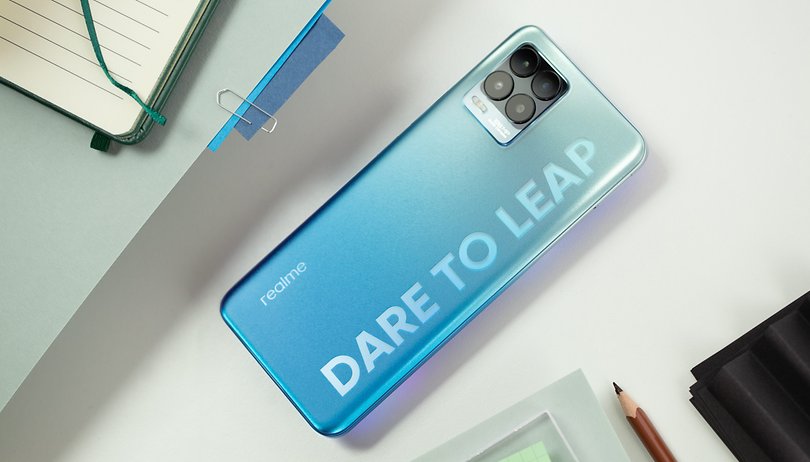

The Realme 8 Pro is the latest smartphone from the Chinese brand and it has hit the market a mere six months after the Realme 7 Pro's announcement. So much for a year's gap between releases! The main highlight of this smartphone would be the the108-megapixel camera and 50W SuperDart charging support. The phone was launched in Europe and Asia on Wednesday, 24 March 2021, alongside its sibling, the lower-powered Realme 8. Read on to find out what we think about it in our review.
Good
- Long battery life
- 50W fast charging supported
- Decent performance
- Attractive design
Bad
- 60Hz refresh rate
- No water resistance
- Automatic throttling at low battery levels
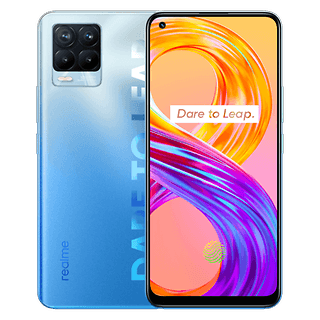
A quick glance: improvements that matter
The Realme 8 Pro specifications sheet boasts of the same SoC and screen specifications as the Realme 7 Pro, but it does come with a far superior 108-megapixel camera sensor, an improved finish and thinner design, without sacrificing the existing battery capacity.
The Realme 8 Pro also features the SuperDart charger, which proved to live up to its name in its predecessor's review. The asking price for this bad boy? €279 a pop, making it a direct competitor to other bestselling handsets from rival companies such as the Samsung Galaxy A and Xiaomi Redmi Note range.
Realme's direct rivals took the path of balancing features and the types of components used to unlock value-for-money, but Realme decided to cut short the time between two smartphone generations with minute yet important improvements, as you will read about further in the review.
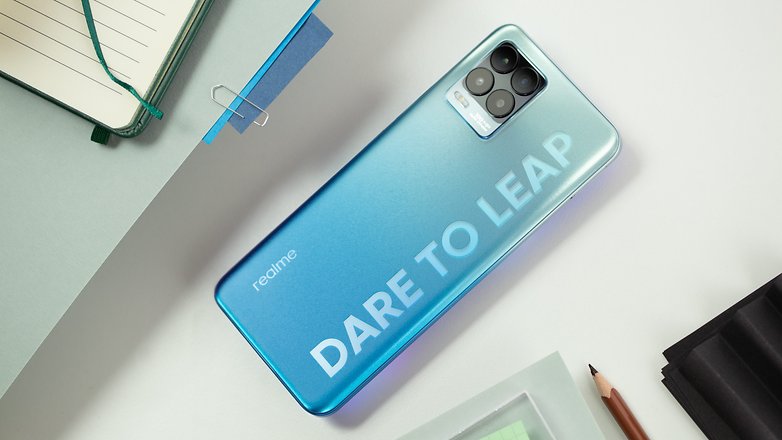
Design, material, and finish
Right up front, the Realme 8 Pro is difficult to tell from its predecessor, especially when compared to the Realme 7 Pro. The smartphone sports similar screen specifications, with a 6.4-inch Super AMOLED panel, Full HD + resolution (1080 x 2400 pixels) and a 60 Hz refresh rate. Of course, there is the small circle cutout on the display in front that houses the selfie camera.
The screen certainly brings out the best of what you can expect from an OLED panel, with an excellent level of contrast and vivid colors. I must say that the screen itself features a competent under-display fingerprint reader which offers quick detection, although I did run into just a few errors throughout the review period. However, it is rather disappointing that there the refresh rate remains stuck at 60Hz, with a 90Hz refresh rate fast becoming a staple even in mid-range devices, while the high-end flagship market has long since pulled away with 120Hz refresh rates. Let me not even get started with the sampling rate.
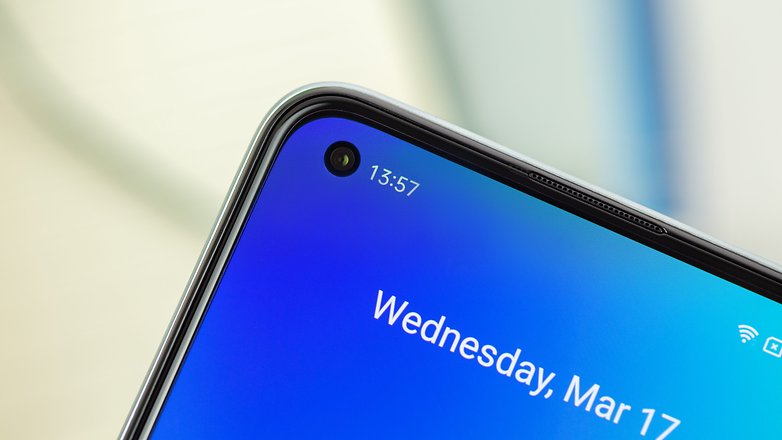
The main changes in the Realme 8 Pro, though, are to be found at the rear. Although it still uses a plastic housing, the smartphone boasts of a far more sophisticated finish with an attractive texture. This makes it look rather discreet and also helps with your grip. It is comfortable enough to use even with the included protective cover. At this point, it also helps that the Realme 8 Pro is slightly thinner than its predecessor, measuring 0.6mm less in terms of thickness. Subtle, Realme, subtle.
The spotlight's on the camera
Another big news about the Realme 8 Pro is found at the back of the smartphone: the all-new camera module. This is certainly an attention-grabbing setup, with a quartet of sensors to wow you. You get the (nearly useless) macro and depth cameras at 2 MP each, an ultrawide shooter at 8 MP, and the main event - the 108 MP sensor of the main camera.
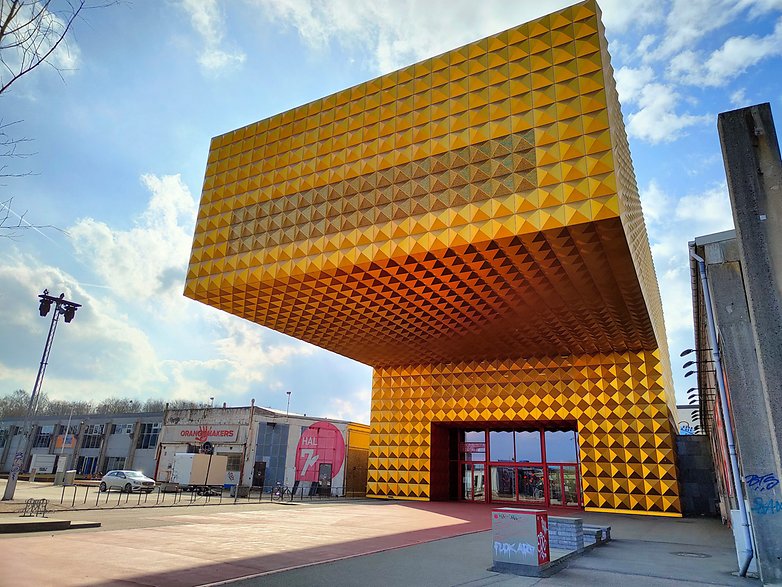
As with its predecessor, Realme prioritized photography modes to target the so-called “Generation Z”, leaving out the telephoto lens in favor of the features offered by both depth and high-resolution sensors .
Something that manufacturers normally do with the Samsung ISOCELL HM2 sensor and its 108 megapixels would be to combine the pixels in the captured image in groups of 9 so that it forms a final 12 MP image (a technique known as pixel binning ). While it is possible to capture photos in native resolution, this ends up filling up your smartphone's storage space at a frightening pace while missing out on a well-defined image.
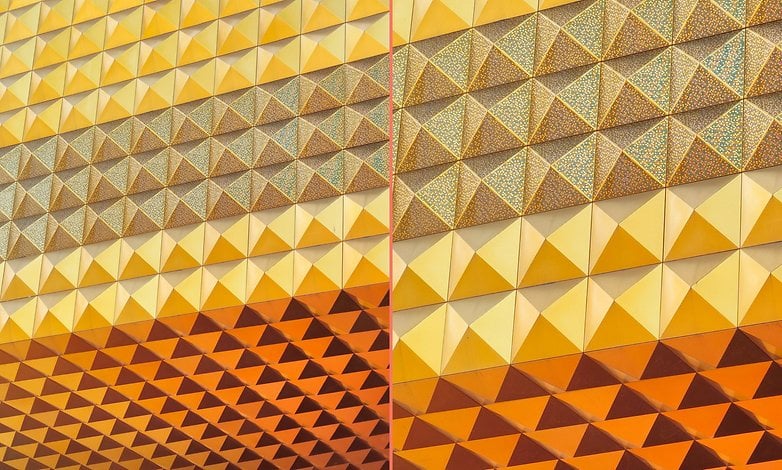
The standard 12 MP resolution photos, on the other hand, bring a good level of color reproduction and sharpness, with satisfactory results even up to 3x zoom. It does not feel as though the camera was overworked at that point, but anything more and you can see that details are lost.
The ultra-wide-angle camera might generate more attractive and eye-catching photos at first glance, and it does make me wonder whether this is what the Instagram/TikTok generation prefer? Having more artificially saturated colors and little bit of distortion. However, when analyzing the images on a large screen, it is possible to notice a strong chromatic aberration as the edges of the objects show a variation of colors.

The night mode performed well, as the hardware and software worked in tandem to achieve a balance between the darkest points and light sources of a scene. One word of advice: there is no need to use the zoom, where even the minimum magnification effort will transform the photo into a washed out mess.
When it comes to selfies, I found the results to be satisfactory, even though I am not an expert on selfies. The portrait mode worked as expected without any fuss, offering clearly defined edges of my face with the bokeh effect applied.
Even before the Realme 8 Pro's launch, the manufacturer had already highlighted the fact that this smartphone will target younger audiences with its camera effects. One of the main camera effects that will most probably see plenty of action is the tilt-shift mode that can be accessed via the photo mode settings or, in the case of videos, under “Time Lapse ” mode.
The feature applies a miniature effect, albeit when in landscape (horizontal) orientation, it needs to be manually adjusted with your fingers in order to blur the top and bottom of the image. The result can be seen in the video below:
Note: any editing done to stabilize and crop the original recording resulted in a slight loss of quality
Performance: Unsurprising, save for one
By using the same Snapdragon 720G processor as its previous two predecessors, the Realme 8 Pro does not surprise anyone with its performance. The chipset is still considered to be one of the fastest options among 4G SoCs, even when taking older flagship processors into consideration, and has enough processing muscle to handle gaming as well as everyday use.
Realme 8 Pro benchmarks
| Realme 8 Pro (720G) | Realme 7 Pro (720G) | OnePlus Nord (765G) | |
|---|---|---|---|
| 3D Mark Sling Shot Extreme ES 3.1 | 2.585 | 2.523 | 3.219 |
| 3D Mark Sling Shot Extreme Vulkan | 2.443 | 2.368 | 3.002 |
| 3D Mark Sling Shot ES 3.0 | 3.671 | 3.551 | 4.425 |
| Geekbench 5 (single/multi) | 568 / 1.685 | 575 / 1.784 | 605 / 1.936 |
| PassMark RAM | 19.799 | 20.637 | 21.799 |
| PassMark armazenamento | 38.683 | 42.774 | 64.489 |
As I mentioned in the hands-on, the Realme 8 Pro showed no signs of overheating, nor great variations in results between each round of the benchmarks. There was an exception though: it was an operating system 'feature' that irritated me, although I know the reasoning behind including it.
Whenever the battery level hits the 10% mark, Realme 8 Pro will display a system notification warning and suggests you turn on the battery saver mode. Not only that, but the smartphone will also throttle its performance automatically as seen in the poorer benchmark results. This is also reflected in a performance drop in games, where Real Racing 3 saw the 60 fps frame rate drop to around 20 fps.
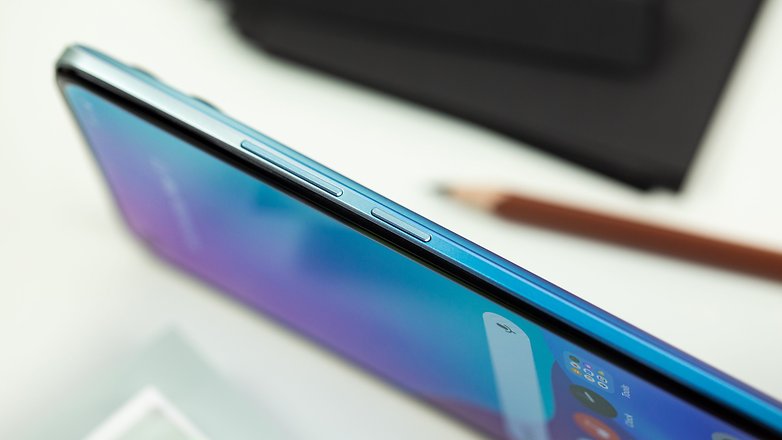
I totally understand that Realme incorporated this 'feature' as part of adding value to the user experience by extending the battery life for as long as possible until you can charge the smartphone, but I believe that the Realme UI skin could communicate what is happening in a more informed manner. Plugging the smartphone into a power outlet does not automatically see regular service resumed - it remains throttled in terms of performance until the battery level hits at least 11%.
Battery: worry-free usge
With the same 4,500 mAh capacity and the 50W SuperDart charging system found in the previous generation also seeing action here, Realme 8 Pro maintains a similar level of battery life as the Realme 7 Pro.
With moderate use including daily videoconferences for work, approximately half an hour of games, occasional browsing, video streaming, and replying/sending messages to friends and relatives, the smartphone still retained approximately 25% of battery life at the end of two days. Imagine achieving this without even having to enable the battery saving mode.
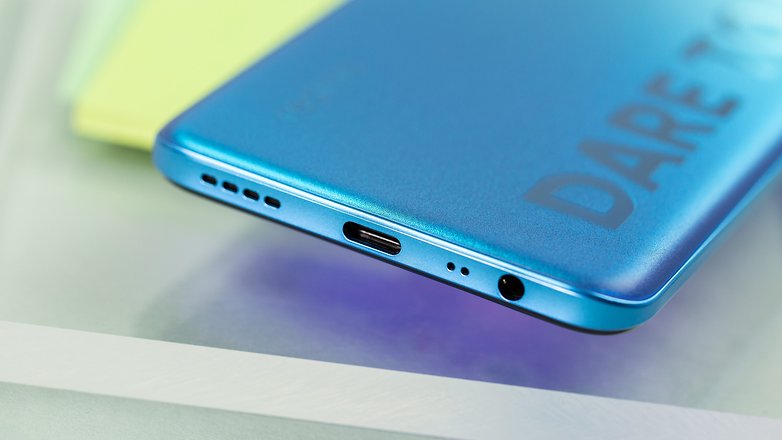
The inclusion of the SuperDart charger - with a maximum power delivery of 65 W (10V / 6.5 A) - allows you to use the Realme 8 Pro in a carefree manner, even though the battery is "limited" by a 50 W charging speed. As I also touted in the hands-on, 5 minutes of charging was enough to jumpstart a completely drained battery to 15%, while hitting the 50% mark in just 20 minutes without exhibiting any signs of abnormal heating.
A full charge took approximately 1 hour, which is close to the 47 minute mark as touted by Realme. The combination of good battery life with speedy charging will surely make you breathe easier throughout the day if you are a power user. It is worth mentioning that the SuperDart charger is not exactly compact, measuring approximately 3 x 5.5 x 9.5 centimeters. Oh, and you do not get wireless charging with the Realme 8 Pro.
Additional information
Here are some other points that might be of interest to the NextPit community, summarizing them up in a few words:
- The Realme 8 Pro does not have any stereo speakers
- NFC works well with different payment systems
- The 3.5mm headphone jack remains (yahoo!)
- A SuperDart charger, charging cable, SIM tray tool, and a protective cover are all included in the box
- The Realme 8 Pro review unit came with 2 SIM slots in the tray in addition to a microSD memory card slot
- Software version RMX3081_11_1.24 was used in the review unit
Realme 8 Pro – Technical specifications
| Dimensions: | 160.6 x 73.9 x 8.1 mm |
|---|---|
| Weight: | 176 g |
| Battery capacity: | 4,500 mAh |
| Screen size: | 6.4 inches |
| Screen technology: | AMOLED |
| Resolution: | 2400 x 1080 pixels (411 ppi) |
| Front câmera: | 16 megapixels |
| Rear camera: | 108 megapixels |
| Flash: | LED |
| Android version: | 11 - R |
| RAM: | 6 GB 8 GB |
| Internal memory: | 128 GB |
| Removable memory: | microSD |
| Number of cores: | 8 |
| Maximum speed: | 2.3 GHz |
| Connectivity: | HSPA, LTE, NFC, Dual SIM, Bluetooth |
Verdict
The initial first impressions of the Realme 8 Pro left quite a positive mark on me, and they were further confirmed during an additional week of review. I experienced stable operation and good performance all the time regardless of the task. The only thing that cheesed me off was the automatic limitation of its performance when the battery life dropped to the 10% mark, but that move by Realme was definitely understandable as part of the move to preserve battery life.
Realme UI customization was decent enough and the Snapdragon 720G SoC handled it perfectly, offering zippy performance when switching applications, selecting and applying filters when using the camera, sharing photos in messaging apps and on social networks, and it provides some decent gaming sessions, too!
Features that I would have liked to see on the Realme 8 Pro would be at least a 90Hz refresh rate, water-resistance rating, and a telephoto lens. However, I understand why these were omitted due to the cost and price tag. However, some of these features have already made it to other smartphones in its class.
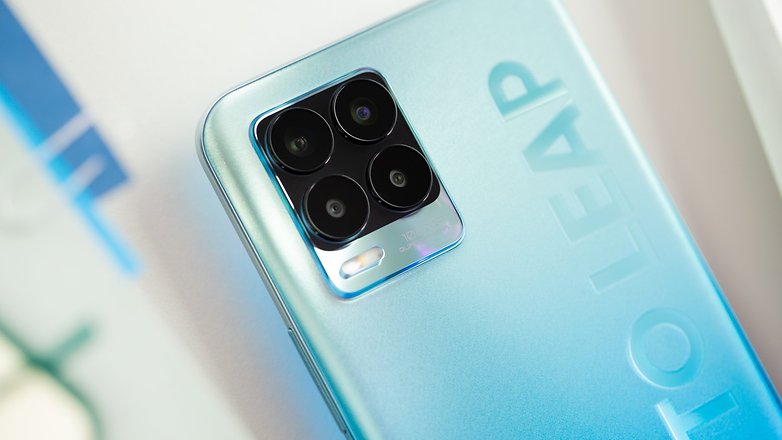
Realme focused on bringing sought-after features for the younger demographic, with an attractive finish to the plastic rear and, of course, an improved camera combination. Although the 108 MP camera does not represent a considerable leap from the 64 MP in the Realme 7 Pro, the new features in the camera app offer more creative options for home users.
Add the good battery life and the SuperDart charger to the list, and we have a smartphone that may not please those who are obsessed with technical sheets (of which we NextPit editors used to be), but that has everything to meet the needs of so-called “Generation Z”.
Considering the general increase in the launch price of smartphones, if Realme manages to maintain a value that is close to the Realme 7 Pro, who knows? It might even end up as a decent alternative to the current mid-range value kings of the Samsung Galaxy A72 and Redmi Note 10.




















